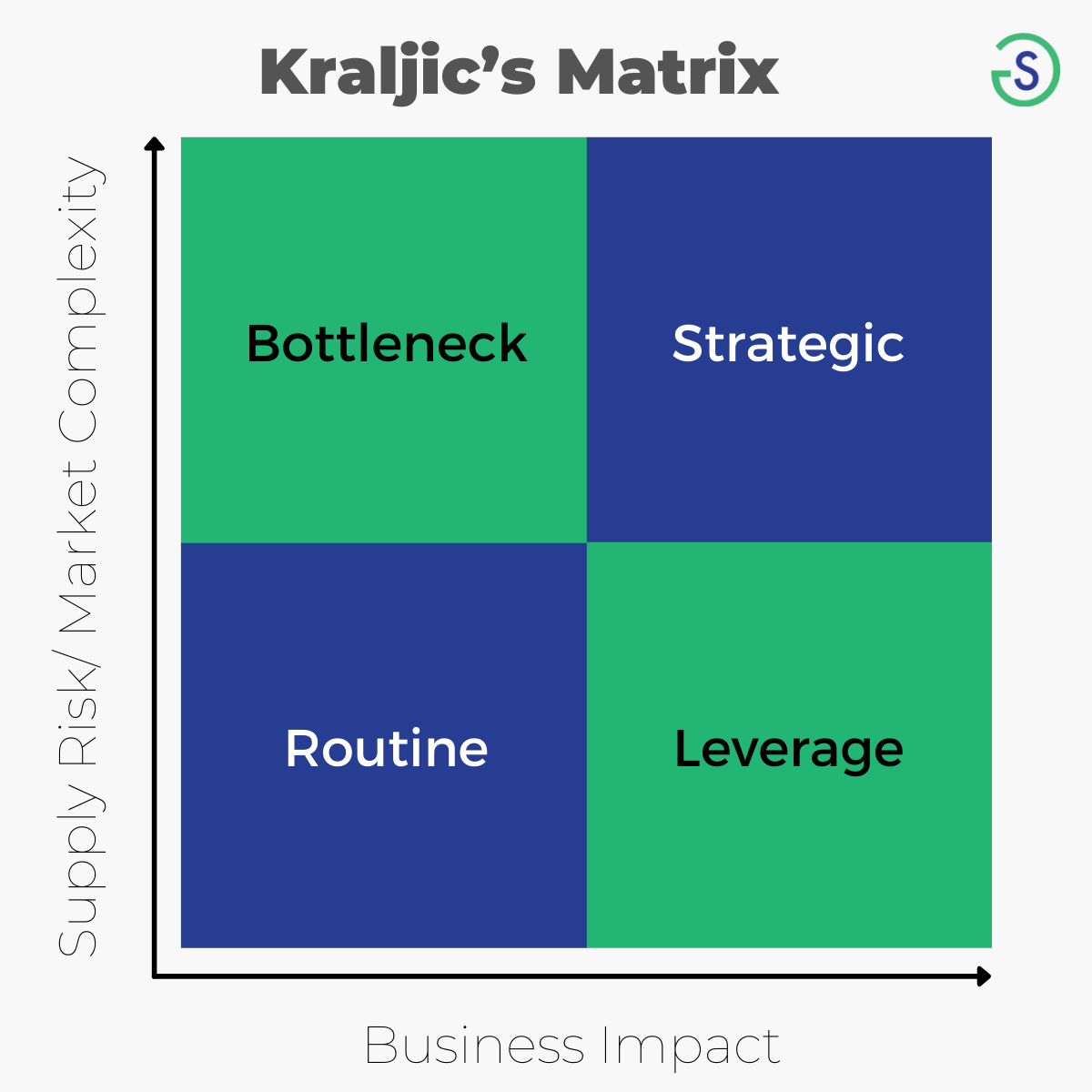In today’s competitive business climate, many professionals are continuously seeking ways to optimize cost but still assure the highest quality of products and services. To achieve that requires a lot of effort on constantly improving and re-evaluating the purchasing activities of a company, which is also known as Strategic Sourcing.
What is Strategic Sourcing?
Strategic Sourcing is a procurement process that creates efficiency across all activities within the procurement cycle to secure the best possible price for a product or service. The main objectives are to save money and improve the acquisition process, supplier performance, and minimize risk.
Strategic sourcing focuses on the shared gains in a collaborative relationship. Strategic partners look for new innovative ways for your products and services. In turn, they want your commitment to the long-term strategic partnership.
In this article, we introduce one of the best practices used by many procurement professionals. No matter the purchasing size, the 7-step strategic sourcing practice, originally developed by A.T. Kearney, has been tested and proven effective for sourcing products and services. The final results could be cost-saving, greater value-added and time saved.
Step 1: Profile The Category
The first step is to identify the sourcing category or commodity, including the volumes (quantity, types and sizes) spent on products and services, current prices and suppliers, and specification details. Also, don’t forget to analyze your users – who they are, where they are located – and departments involved in the supply chain.
Step 2: Supply Market Analysis
Understand your buyer power and category critically to position the sourcing strategy by performing market analysis. Then, you determine what strategy approach better fits with the type of service you’re sourcing.
Kraljic’s Matrix is seen as one of the most effective ways to segment the vendor base. This two-by-two matrix is mapped against two key dimensions: risk and profitability. Risk demonstrates the likelihood of unexpected events occurring that may disrupt the operations. Profitability describes the possibility of impacting the bottom line of the organization.
Once you identify the segmentation of a product and service, you’ll have a clear vision of how the product and service impact the overall business, then be more confident about what strategy and partner relationship you should implement.
Step 3: Develop a Strategic Sourcing Strategy
It is a critical step in deciding where and how to buy while minimizing the risk and cost. To get the best of our supplier pool, you should consider both existing and potential suppliers. Establish your business’ goal and the minimum requirements for suppliers, then list the selection criteria that are most suited to your requirements, capabilities and resources. A cross-functional team with critical stakeholders is highly recommended.
Step 4: Select The Strategic Sourcing Process
Time to solicit bids! The most common method that many businesses are using is Request for Proposal (RFP).
If you’re not familiar with the term, RFP is a document that solicits proposals, which is often used through a bidding process, written by an organization interested in acquiring a product or service from vendors for their project. The document outlines the details of product or service specifications, requirements, pricing breakdown, legal and financial terms and conditions, and evaluation criteria.
Step 5: Negotiate with and Select Suppliers
Now you may have many suppliers that respond to your RFP. Your next task is to shortlist the most potential suppliers, then interview for clarification or asking more details if needed. The more information you have from each supplier, the better decision you will make.
To do that, you need to form the best possible team that knows the product or service you want to purchase, which helps ask the right questions to potential suppliers.
Step 6: Implementation and Integration
Communicating with suppliers is an integral part of strategic sourcing. After negotiation, you may have the decision of what suppliers you want to partner with. Make sure you notify those successful suppliers that are going to be involved in the implementation stage. The more complex your product is, the tighter your cooperation and partnership should be. It’s critical to integrate suppliers into your meetings or discussions included in the implementation stage, making sure they’re up-to-date on the most recent changes and updates.
Step 7: Benchmarking
Many people underestimate this step, but it’s a huge mistake to skip it. It’s essential to measure the supplier’s performance over time – starting with benchmarking the current status of the product, continuously monitoring the results and ensuring the goal is being achieved. By doing so, you can quickly identify the problem during the implementation and notify your supplier to address the issue with the lowest business impact.
How SupplierGATEWAY can help with strategic sourcing
In today’s chaotic world, all organizations need strategic sourcing to stay competitive and relevant to the market and deliver the most significant benefits for the organization.
Here at SupplierGATEWAY, we are experts in offering supplier data management and source-to-pay solutions that help businesses employ strategic sourcing easily, quickly, and inexpensively. Our easy-to-use and instant-on software gives you all the tools to post new project opportunities to your suppliers’ list, source and engage with suppliers globally, customize your project’s requirements, solicit bids, and even pay your suppliers with rebates. Everything is automated and managed in one place.
Create an agile supply chain, automate your processes, and start saving your team time and money today! Schedule your demo now.

